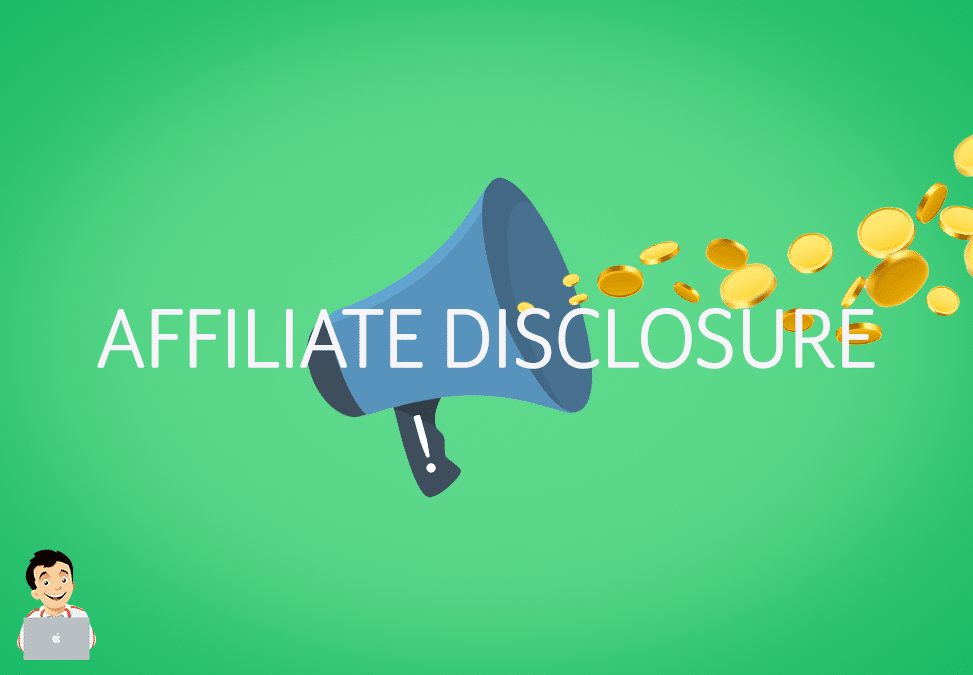Affiliate Disclosure: Transparency and Compliance for Your Website

If your website earns money through affiliate links, it’s crucial to include an affiliate disclosure. Transparency builds trust with your audience and ensures compliance with legal requirements, including FTC guidelines.
Why an Affiliate Disclosure is Important 🤔
Benefits:
- Ensures transparency with your audience 🌟
- Builds trust and credibility 💡
- Complies with legal and regulatory requirements ⚖️
- Protects your website from potential penalties or complaints
What to Include in Your Affiliate Disclosure 📝
- Clear statement that your site contains affiliate links 🔗
- Mention that you may earn a commission if users purchase through these links 💵
- Transparency about sponsored content or partnerships 🤝
- Position disclosure in a visible location on your website (header, footer, or before affiliate links) 👀
Example of an Affiliate Disclosure
“Some of the links on this website are affiliate links. If you click on them and make a purchase, I may earn a small commission at no extra cost to you. This helps support the website and allows me to continue providing valuable content.”
Tips for Creating an Effective Affiliate Disclosure ✅
- Keep it concise and easy to understand ✍️
- Use simple language for all audiences
- Make it visible on pages with affiliate links
- Update regularly to reflect new partnerships or programs 🔄
- Include a separate page for detailed disclosure if needed
Common Mistakes to Avoid ❌
- Hiding disclosures in hard-to-find pages
- Using vague or confusing language
- Forgetting to update the disclosure for new affiliate programs
- Ignoring legal guidelines or FTC regulations
Conclusion 🌟
An affiliate disclosure is essential for ethical blogging and legal compliance. By clearly informing your audience about affiliate links and sponsored content, you build trust, maintain transparency, and protect your website from potential issues.




